I’ve covered every iPhone launch since 2007 — these are the 7 best moments
In 17 years of iPhone rollouts, these are the moments that stand out

The Apple Glowtime event on Monday (September 9) figures to be a memorable occasion. Not only are we set to get our first official glance at the iPhone 16 lineup, we also should find out more about Apple Intelligence, and whether Apple has any additional AI features planned for its new phones beyond the ones we already saw this summer at WWDC 2024.
New hardware and new capabilities are part of the recipe for any successful iPhone launch. So how will the iPhone 16's debut ultimately compare to past Apple phone events?
That's something that will have to wait until we find out exactly what Apple has in store at its Monday product launch. But no matter what Apple shows off, it has a high bar to clear to rank among the most memorable iPhone launches. I know because I've been covering Apple long before the iPhone was a glimmer in the company's product line. In fact, I've actually been in the building for around half of the iPhone unveilings, including the original iPhone 17 years ago.
Maybe once the dust settles on the iPhone 16, its launch will find its place on the list. But here's my list of the seven most memorable iPhone launches since Apple got into the smartphone business.
The iPhone gets multiple sizes (iPhone 6, 2014)
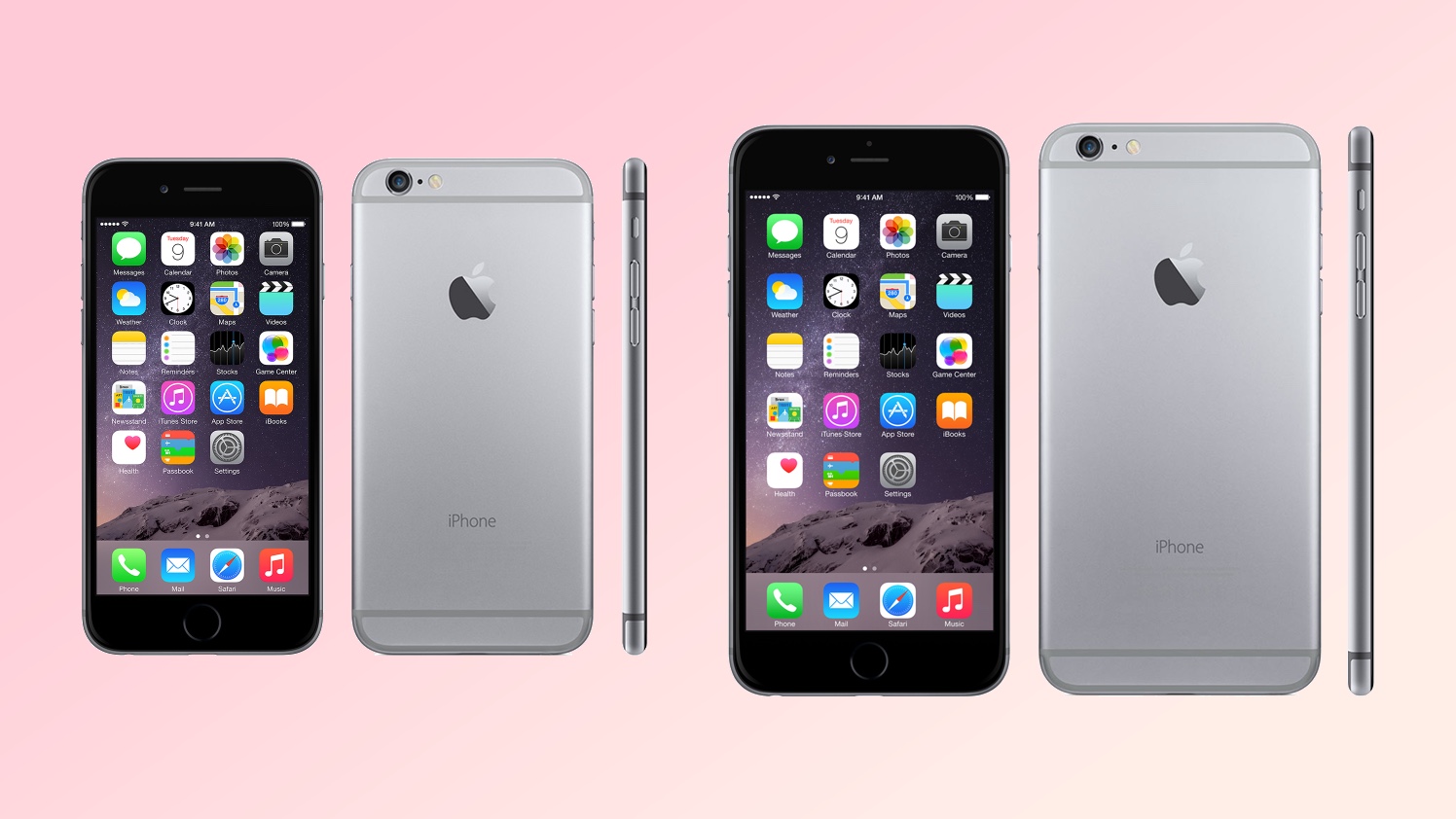
Try explaining to the youngsters out there that for the first six years of the iPhone's existence, it was a one-size-fits-all affair. And that size was tiny — the original iPhone debuted with a 3.5-inch screen and that only grew to 4 inches with the iPhone 5. Even when Apple introduced multiple models in 2021, the iPhone 5s and iPhone 5c had matching 4-inch panels.
It was the iPhone 6 where Apple finally figured out that people might want a larger-screen option — something the success of Samsung's Galaxy Note phablets might have had something to do with. In addition to the iPhone 6, which grew to 4.7 inches, Apple launched the iPhone 6 Plus and its then-expansive 5.5-inch display.
An iPhone bigger than 5 inches? everyone murmured at the time. In this economy?
Sign up to get the BEST of Tom's Guide direct to your inbox.
Get instant access to breaking news, the hottest reviews, great deals and helpful tips.
Joking aside, splitting up screen sizes proved to be a winning strategy for Apple. Every iPhone launch since then has featured multiple screen sizes — some big, some small — with the larger-screen devices usually proving to be the more popular options.
By the way, the 2014 iPhone launch event may out-point all others in terms of landmark announcements, but not all of them are remembered fondly. On the positive side of the ledger, this event was where we got our first glimpse at the Apple Watch — the smartwatch would eventually debut the following spring — as well as Apple Pay. Less happily, it also featured a surprise appearance by U2 — no, not the concert at the end of event, but the band's album showing up automatically on your iPhone. It's safe to say Apple won't be pulling that stunt again.
Siri speaks (iPhone 4s, 2011)
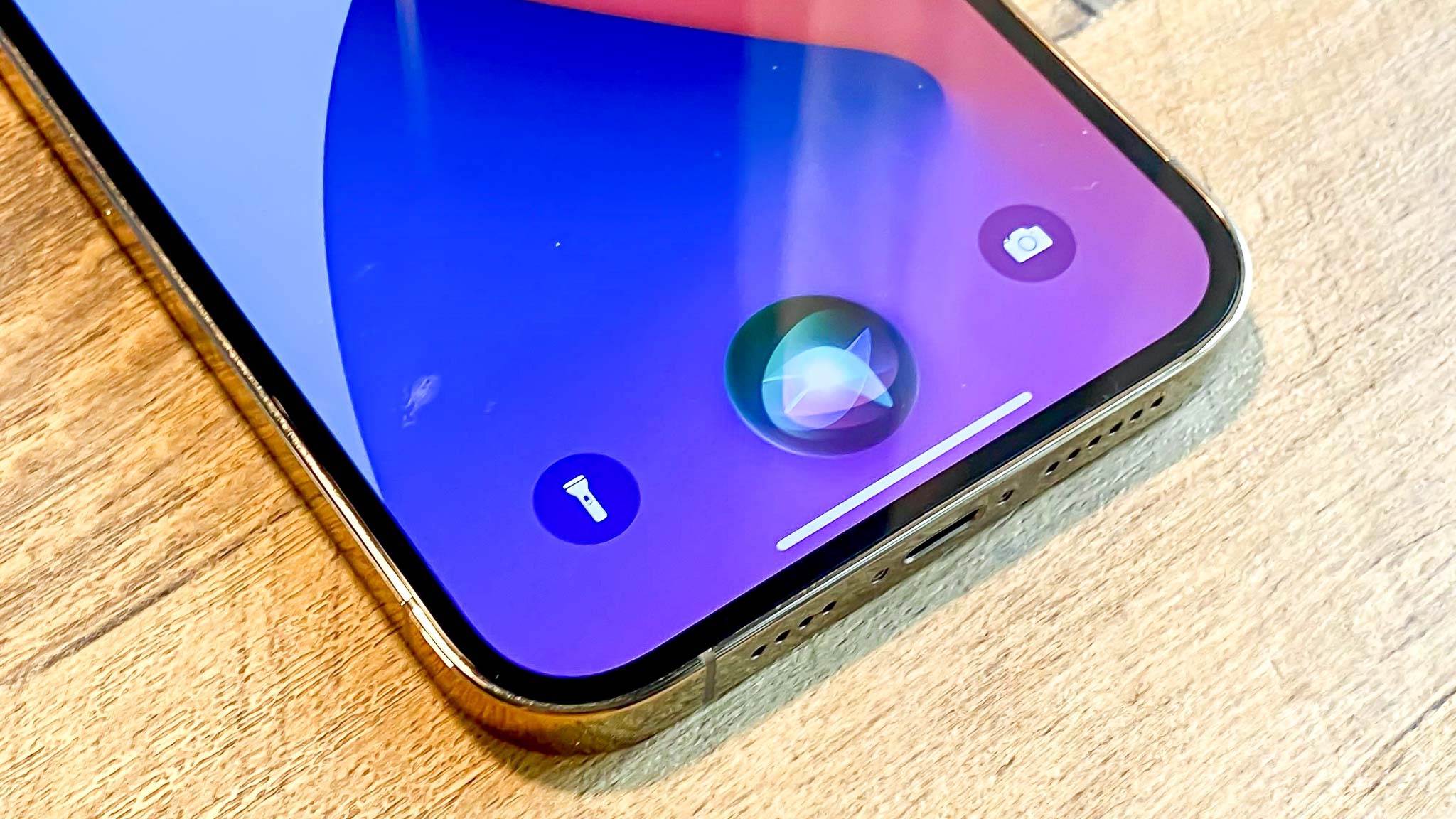
Apple called its iPhone 4s launch event "Let's Talk iPhone," and that turned out to be quite a teaser for the big feature that arrived on Apple's phone that year. The iPhone 4s introduced us to Siri, a voice-powered assistant capable of answering questions and performing some tasks.
Siri's progress since then has been start and stop, as other voice-powered helpers such as Google Assistant and Alexa have shown off more skills. But Siri remains an integral part of the iPhone experience, and that figures to be even more so with the arrival later this year of iOS 18.1 and a revamped Siri that's better able to understand context.
Just give me the version of Siri that Martin Scorsese got to use back in 2012, and I'll be perfectly happy.
No more headphone jack (iPhone 7, 2016)
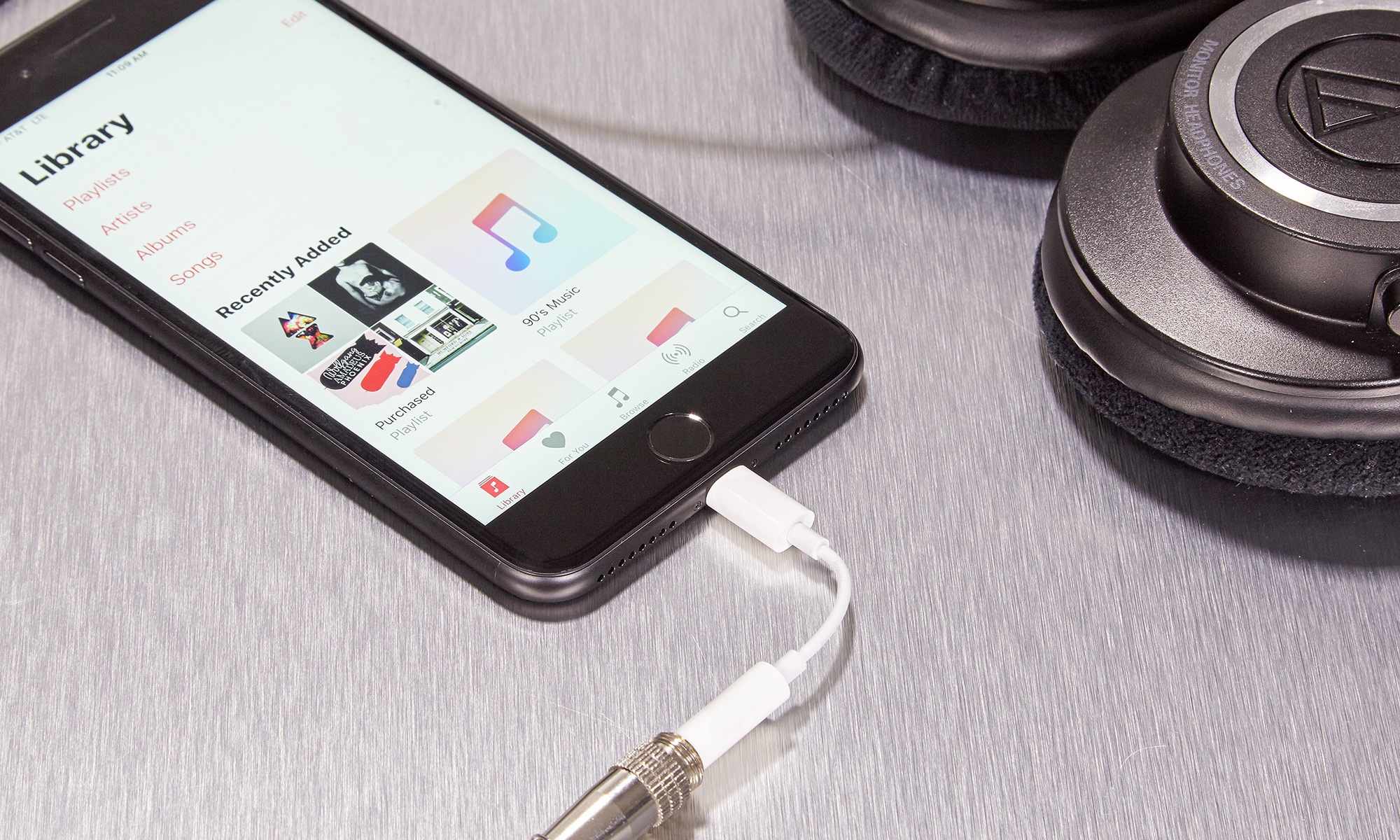
It seemed like a crazy more at the time — taking out a perfectly functional 3.5mm headphone jack from the iPhone 7 and iPhone 7 Plus models in order to free up more internal space for other components. (A cynic might also suggest that it didn't hurt AirPod sales either.) And Apple's public comments about why the headphone jack disappeared didn't exactly soothe objections to the move.
"Some people have asked why we would remove the analog headphone jack from the iPhone,” said Apple senior vice president Phil Schiller at the iPhone 7 event. “It really comes down to one word — courage. The courage to move on, do something new, that betters all of us. And our team has tremendous courage."
Assessments of Apple's courage aside, you'd have to say with the hindsight of eight years, Apple made the right call. Whether intentional or not, the AirPods and AirPods Pro are now ubiquitous, and other flagship phone makers have followed Apple's lead. Sometimes, Apple decisions fall into a particular pattern — Apple makes a controversial move that's roundly criticized only to wind up working out — and the headphone jack kind of feels like example A-1 of that.
Steve Jobs gets some FaceTime (iPhone 4, 2010)
Apple didn't always hold iPhone launch events in the fall. Back in the early days of the product lineup, it could release phones at any time and any place, choosing its annual developer conference to show off the iPhone 4.
The iPhone 4 would have its issues — this is a device that had some connectivity problems due to the placement of antennas, leading to Steve Jobs' infamous response to a customer that they were "holding it wrong." But the lasting impact of that particular model would be the introduction of FaceTime, the video chat app that's still prominently featured on the iPhone today.
Not that the FaceTime debut was without issues of its own. When I polled my Tom's Guide colleagues about their most memorable iPhone launch event moments, more than a few remember FaceTime's debut for Jobs' repeated demands to the audience that they turn off their Wi-Fi. (Jobs' on-stage FaceTime conversation with designer Jony Ive included several freezes, which Jobs blamed on the overtaxed Wi-Fi network in the Moscone Center.) Hiccups aside, FaceTime is clearly built to last, and it's hard to imagine a time when we couldn't have a video chat with someone just by using the mobile device we had on hand.
Apps come to the iPhone (iPhone 3G, 2008)
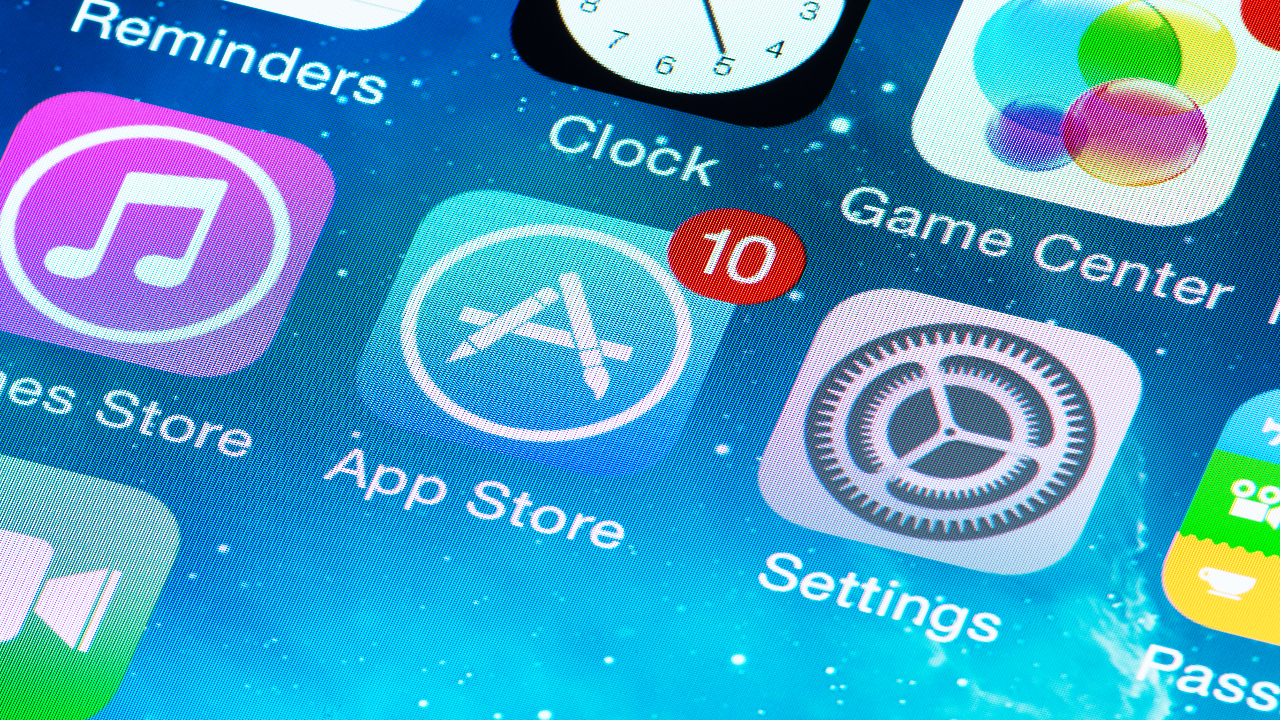
When the iPhone first debuted, you could use any app you wanted provided that Apple had built it and pre-installed it on the phone already. That left you with 15 apps to use — no more, no less. Naturally, iPhone customers clamored for Apple to open up its device to outside applications.
Apple's initial response was to suggest that people run web-based apps through the phone's built-in Safari browser — a suggestion so ill-received that an iPhone developer kit was released in March 2008. By the time the iPhone 3G was announced in June, third-party app availability was now touted as a feature, even if it may have initially been through gritted teeth.
Adding third-party app support may have been the best decision Apple has ever backed into. The number of available apps swelled and "there's an app for that" became a handy catchphrase for a time. More importantly from Apple's perspective, the presence of so many apps became a selling point for the iPhone over the growing number of Android devices. Android may tempt you with more flexibility, but if you wanted a mobile version of your favorite app, it probably landed on the iPhone first, if it ever came to Android at all.
The App Store may have gotten too big and unwieldy over the years, and app makers may bristle at both Apple's approval processor and its cut of the download fees. But it would be hard to argue that the last 16 years of app mania haven't ultimately proven a benefit for Apple, software makers and iPhone users. (It's also been good for your humble correspondent, who spent the first few years of the iPhone's existence reviewing every app he could fit onto his iPhone 3G.)
A new look for the iPhone (iPhone X, 2017)
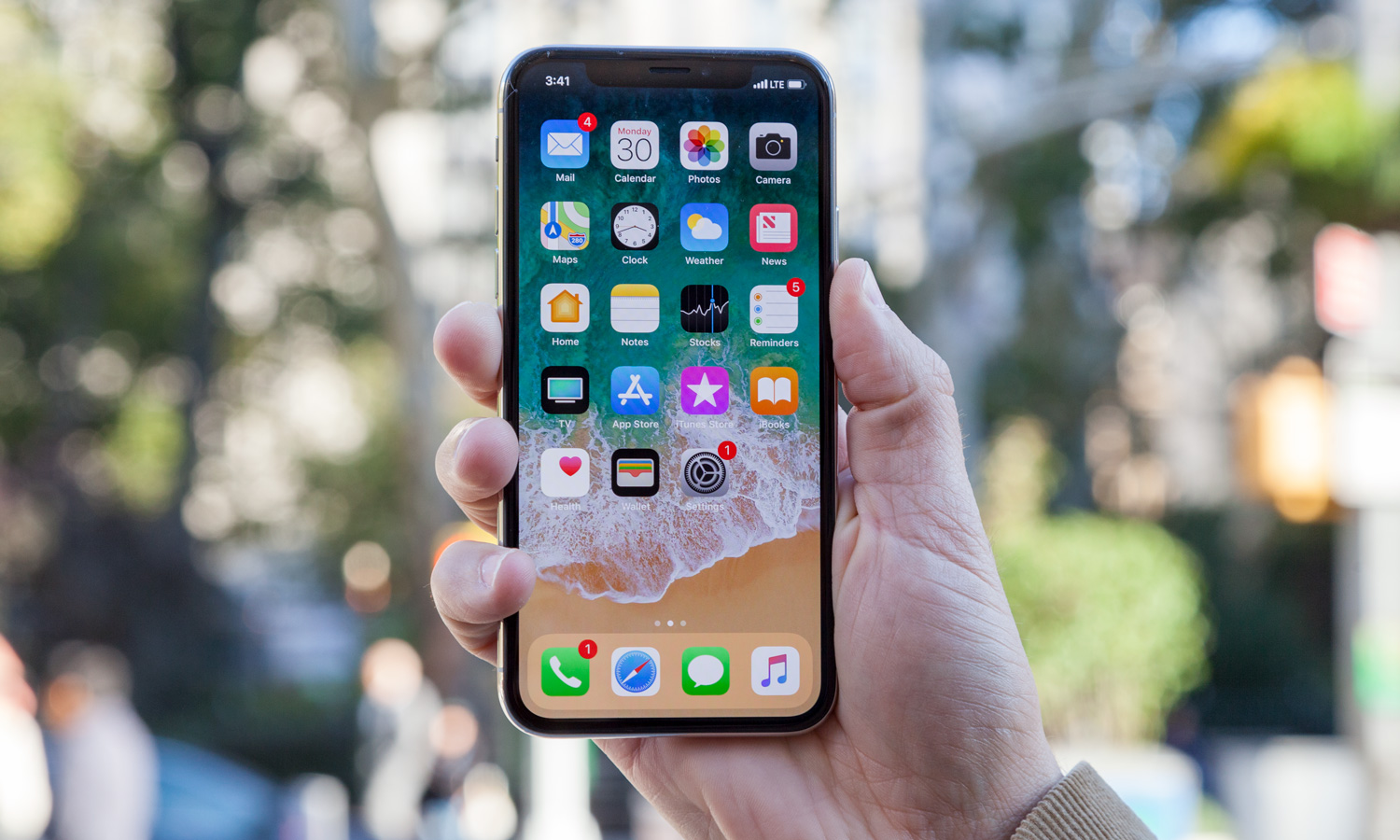
Remember when the iPhone had big bezels at the top and bottom of the screen so that it could house the Touch ID sensor for unlocking your phone? You don't have to think too hard — the iPhone SE (2022) still sports that look, and it's about as dated as a leisure suit at this point.
The iPhone X, released to mark the 10th anniversary of the iPhone's debut, threw out the playbook on how an iPhone should look. We can roll our eyes now at the notch housing the Face ID sensors and front camera dipped down into the display, but for a time, this became the look that other smartphone makers tried to copy before turning to the more screen-friendly camera cutouts in use today. And even if you never bought into Apple's design choices for its post-2017 iPhones, in the end, the notch had to walk so that Apple's Dynamic Island feature could run.
I really consider the iPhone X to be the start of the modern era of the iPhone, one that's continuing with this year's iPhone 16 models. Maybe Apple will enter a new phase once the iPhone 17 Slim and iPhone Flip eventually come to market, but you have to credit the iPhone X for helping Apple's lineup evolve into a sleeker, more mobile design.
Hello (Original iPhone, 2007)
Well, in terms of monumental iPhone announcements, it's hard to beat the first one ever. One of the most famous "One More Things..." of Steve Jobs' assorted keynotes, the first iPhone got a sneak preview at Macworld Expo 2007, and it's safe to say that its early look made quite the impression.
"Today, we're introducing three revolutionary products," Jobs said to growing cheers. "The first one is a widescreen iPod with touch controls. The second is a revolutionary mobile phone. And the third is a breakthrough internet communication device. So, three things — a wide-screen iPod with touch controls, a revolutionary mobile phone and a breakthrough internet communications device. An iPod, a phone, and an internet communicator ... are you getting it? These are not three separate devices. This is one device, and we are calling it iPhone."
From the start, the iPhone has been about combining those three different capabilities into a single device that's easy to use. It's what guided the development of the iPhones we've seen since that time. And it remains the blueprint for whatever form the iPhone 16 models will take at this year's launch event.
More from Tom's Guide
Philip Michaels is a Managing Editor at Tom's Guide. He's been covering personal technology since 1999 and was in the building when Steve Jobs showed off the iPhone for the first time. He's been evaluating smartphones since that first iPhone debuted in 2007, and he's been following phone carriers and smartphone plans since 2015. He has strong opinions about Apple, the Oakland Athletics, old movies and proper butchery techniques. Follow him at @PhilipMichaels.



